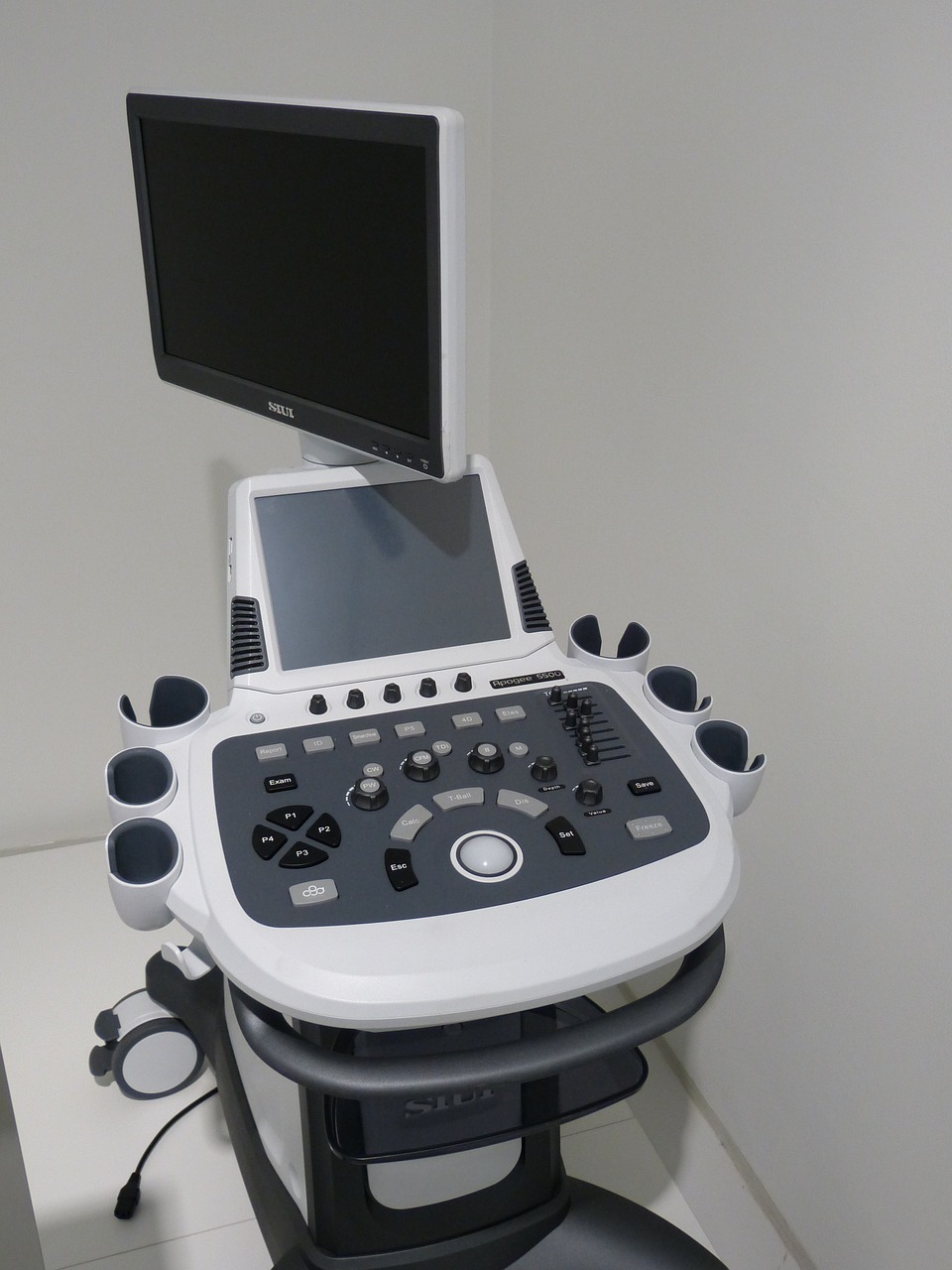
ERAS season has recently begun. And, with applications to radiology residency and fellowships on the system now available, medical students and residents are scurrying about trying to find letters of recommendation from their faculty and mentors. On that note, if you are applying now, I would advise you to read one of my previous blogs (Cracking The Radiology Residency Application Code). Previously, I have mentioned that references are one of the less significant discriminators in getting an interview for radiology. However, that statement only applies to decent letters of recommendation. It does not mean that you should find the wrong ones. That can become a disaster. Remember. Program directors have so many excellent applications from which to choose. So, one lousy recommendation can lead yours into the DNR (Do Not Rank) pile. In the case of a horrible reference, it becomes a great discriminator!
In any event, as always, I want to distill the essentials of applying in the world of radiology into a few simplistic nuggets. Therefore, I am going to let you in on a little secret about what you should be looking for in a recommendation writer not only to avoid this situation but instead, I want to make your recommendation into the reason you may have success getting into your program of choice.
So, here it is, a simple phrase strategically placed within the recommendation, preferably at the end. And it is this, “Your name is the type of student that we want to take at our radiology residency program.” As an application reviewer, that phrase gives me more confidence about an applicant than any other. If your mentor wants to take you into his program, especially another program director, then why wouldn’t I? So, how do you get that person to write that into your recommendation? I will give you some simple instructions on how to do so to achieve the results you want.
Perform Well On Rotations With Potential Reference Writers
OK. Performing well on rotation may seem obvious. But, on occasion, some residents will ask attendings to write a recommendation when their performance was marginal. Why does this happen? Well, usually, the resident feels more comfortable with obtaining this written reference due to the mentor’s easy-going personality. Don’t let that fool you! When a mentor has many other applicants to write for, your recommendation will not be of the same quality as his favorites!
Befriend Your Mentors
For many medical students, befriending your mentor is a tall order. Often, he may be twice or even three times your age. Or, your interests may significantly differ. However, make that attempt to get to know that person well before asking for a recommendation. Then, when you finally request one from this person, he will feel much more comfortable with writing one. I can’t tell you how many times a medical student or resident will come up to me and ask me for a recommendation when we have barely spoken. It reflects in the written letter!
Tell Them What To Write!
Lastly, this step can be the most critical. At this point, you know your mentor well, feel comfortable with her as a reference, and you know she feels the same about you. And, she is more than likely willing to help you out in any way she can. But, many reference writers do not know what program directors are looking for in a recommendation. So, it is your job to help them out. Ask them if they can slip the key phrase into their letter- “I want you in my program.” (Of course not that verbiage exactly but you get the point!)
Even better, some writers will ask you to make a version of the reference letter. Guess what, slip that phrase or something similar into the end. It has the potential to make your application stand out from the pile!
Capturing The Magic Phrase On Your Letters Of Recommendation
Now you know precisely how to proceed to get the best possible recommendation from your mentors to help you get into the spot you want. It does take a bit of work, forethought, and, most importantly, personal interaction. So, make sure to ask mentors on rotations where you have performed well. And, only request them from those that know you well enough to write you one. Only then will you be able to obtain a recommendation with the phrase that will significantly increase your chances of admission!





















